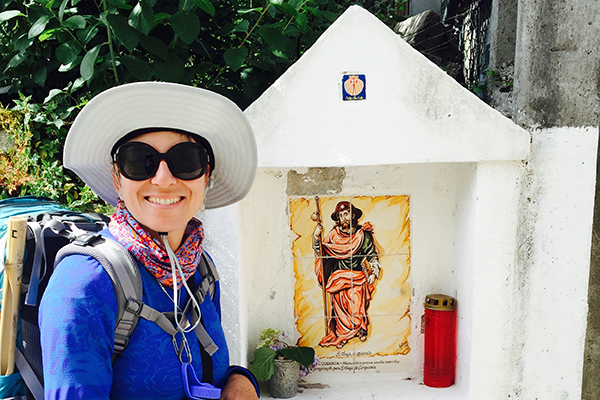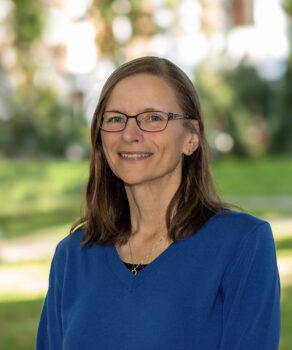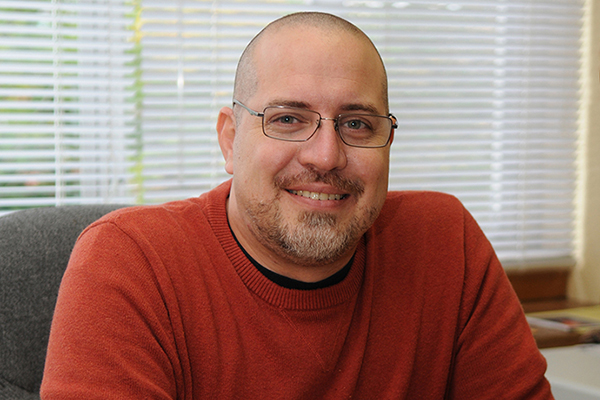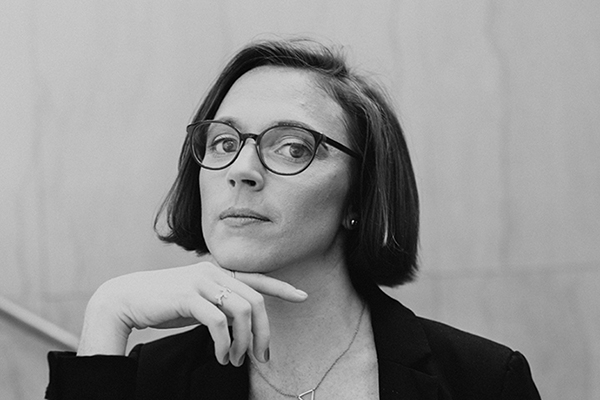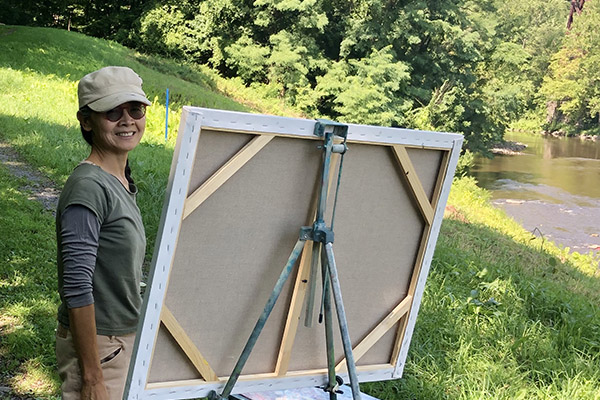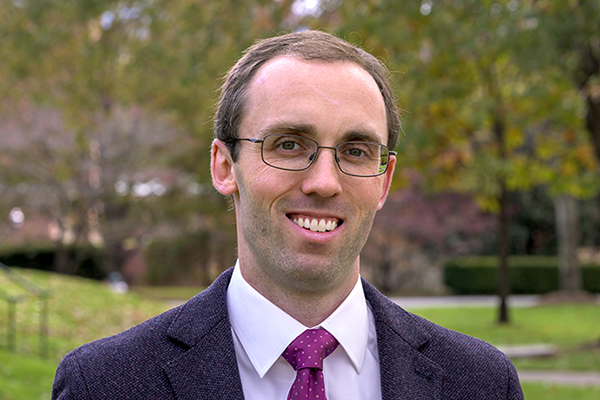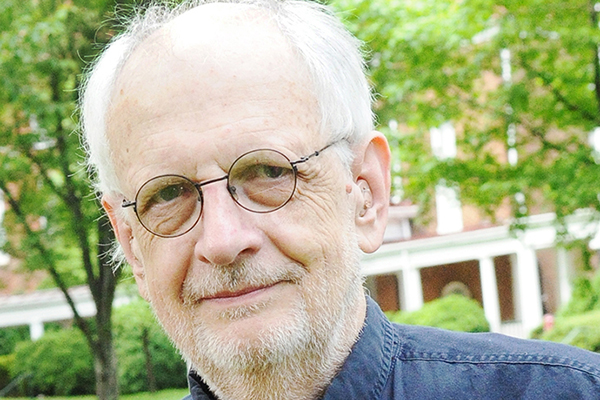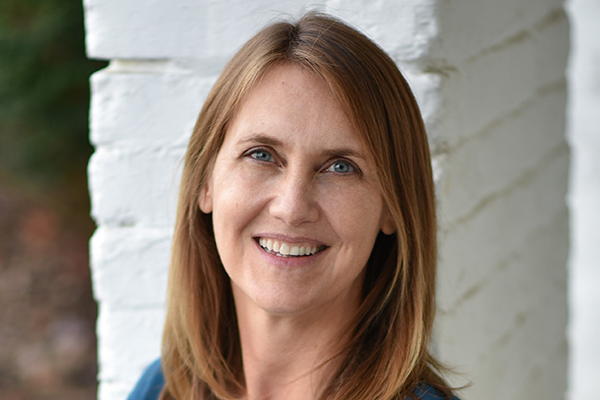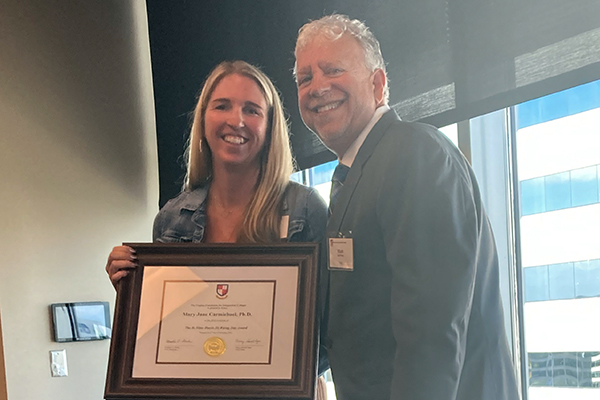by Professor of Gender and Women’s Studies LeeRay Costa
My last day on the Hollins campus this semester was March 15. I went to my office to gather my books, files, course materials, and supplies with the hope that this new arrangement of working from home and teaching remotely would be temporary. It is hard to believe that seven weeks have now passed and that we have begun our last week of spring classes. On the one hand I am admittedly relieved that what sometimes feels like the terrible, horrible, awful, no-good spring semester is finally coming to an end. On the other hand, I deeply miss my Hollins students and colleagues. And while I have secretly come to loathe the #Zoomlife and its inability to capture the joyful energy of being physically together, I cherish every moment I get to see you and talk with you, even on a screen. Unlike most of our students, I have the freedom and ability to return to campus, but I have avoided doing so because I can’t bear the thought of being there without all of you. This separation weighs heavily upon my heart and there have been days during this quarantine when I have felt unmoored and lost. I imagine you may have felt that way too.
This feeling of being lost conjures my experience of being a pilgrim. Five years ago during my sabbatical, I embarked on a pilgrimage. Over the span of 33 days I walked 400 miles from Lisbon, Portugal to Santiago, Spain on the Way of St. James, also known as the Camino de Santiago. I walked for many reasons: personal, professional, physical, and spiritual, and imagined myself following in the footsteps of my Portuguese ancestors.
My journey was a decade in the making and, as an obsessively detailed planner, I had prepared for months before embarking on it. Nevertheless there were days when I found myself off track and distressed. The truth is, even when we think we know the path and have a map to give us direction, we may unexpectedly find ourselves lost along the way. This lostness can be disorienting and even scary. And it can simultaneously offer up profound life lessons: crystalizing for us our strengths and sense of purpose, and illuminating for us what we cherish most.
The Camino de Santiago is indicated by a series of waymarkers, usually yellow arrows or golden scallop shells. These are maintained by volunteers of local pilgrim associations, and offered as an act of kindness and support for those making the journey. As I walked, those waymarkers provided me with a sense of confidence and reassurance. I smiled and whispered my gratitude each time I discovered one.
More often than not camino waymarkers are easily visible, though sometimes they are hidden, and occasionally they are present yet terribly confusing. I will never forget a particular section of the camino near Porriño. Apparently, members of the community surrounding this area were arguing over the route. Some wanted it to flow directly through the very industrial and concrete center, so that they could benefit economically from the pilgrims who were likely to stop and buy food and supplies. Others wanted to divert pilgrims to a path through the woods, to preserve the reflective nature of their journey and to physically prevent them from walking on dangerously trafficked roads. What resulted were a series of competing waymarkers that had been repeatedly covered over, with new arrows spray painted in their place. Each morning individuals from opposing sides would set out to conceal the marks of their rivals. For unsuspecting pilgrims like me this resulted in confusion about the way forward and dread that I might make a wrong turn and lose my way.
There have been days during the quarantine when I have felt transported to that moment of fear, confusion, and anger over a situation I did not create but must figure out how to handle. Like many of you, I have stumbled my way through new modes of teaching, learning, working, communicating, and sharing space and resources with folks whom I love dearly but that occasionally get on my nerves. I have had to make hard choices about what and whom to prioritize and how to get the necessary tasks of everyday living accomplished while struggling with a lack of motivation and tearfully mourning the many losses I have experienced and continue to witness all around me. I have felt the despair of not knowing what lies ahead, and longed for the unambiguous waymarkers that remind me that everything is going to be alright.
My pilgrim experience also reminds me that sometimes those clear and reassuring waymarkers are actually right in front of me but I remain unable to recognize them. This may be because I am distracted and have let my attention wander, or because I am so lost in the story unfolding in my own mind that I have ignored the signs all around me telling me and showing me something quite different. As I have revisited these lessons and brought them to bear on the current moment, I have realized that at least some of this feeling of being unmoored and lost is tied to the experience of being dis-placed: dis-placed from our beautiful Hollins campus, our beloved Hollins community, and our treasured rituals that create a sense of certainty, connection, and shared purpose.
And yet, even in this displacement, our waymarkers remain. Because whether you recognize it or not, each one of us – students, faculty, staff, administrators, alumni – is a yellow arrow, a golden camino shell, for someone else in our community. Individually and collectively, we provide direction, reassurance, a sense of calm, and support for one another, no matter where we happen to be currently residing. Perhaps this is something our alumni know best, scattered as they are across the globe but forever knitted into the Hollins experience.
These waymarkers, embodied in the members of the Hollins community, inspire me and remind me that no matter how isolated or lost I may feel, I am not alone. Through our relationships, our shared experiences, and our mutual care for one another we form a network of connection and hope that transcends both time and place, and that can anchor and fortify us in these unpredictable times. As we continue through the end of the term, into summer and beyond, I encourage you to look for the yellow arrows and golden scallop shells that surround you, to delight in their shine, and to give thanks for their presence on our collective journey.



